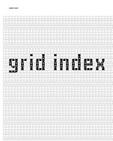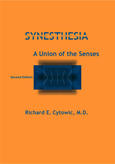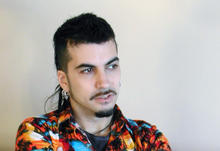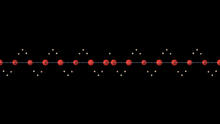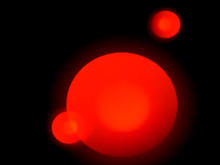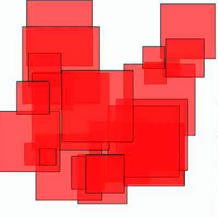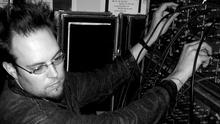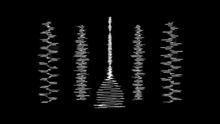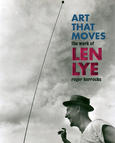Simple Harmonic Motion study #3a
(2011)by Mehmet Akten is another study in simple harmonic motion and the nature of complex patterns created from the interaction of multilayered rhythms.
Here 180 balls are bouncing attached to (invisible) springs, each with a steady speed, but slightly different to its neighbour. Sound is triggered when they hit the floor, the pitch of the sound proportional to the frequency of the oscillation. The total loop cycle duration of the system is exactly 6 minutes.
Visuals made with Cinema4D + COFFEE (a C-like scripting language for C4D), audio with SuperCollider.
Source: Mehmet Akten on Vimeo
